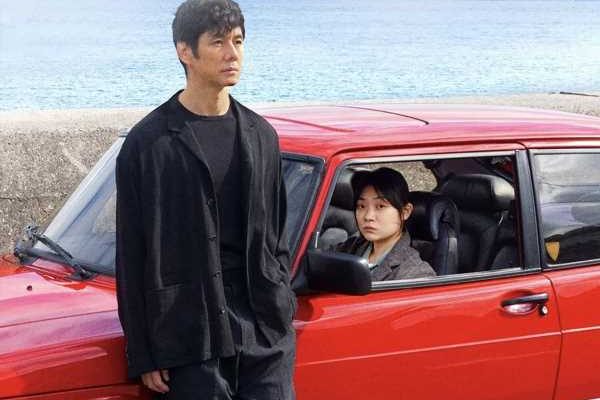Drive My Car looks at the nature of grief through the emotions of reserved characters but conveys a world of healing that cannot be summed, only felt most ardently, most appreciatively, observes Sukanya Verma.
A staggering quietness envelopes Drive My Car. But as Ryusuke Hamaguchi’s sublime, soulful adaptation of Haruki Murakami’s short story from the Men Without Women anthology silently progresses, the storm it conceals reveals itself bit by bit.
Winner of the Best International Film Oscar and several other accolades since its premiere at Cannes where it received three awards including Best Screenplay, the Japanese drama is a meditation on grief and art, the process of coping with one and crafting another.
Though its characters are capable of profound passions and impenetrable enigma, their deeply deposited sorrow and haunting guilt has silenced them into a routine that is comforting if not therapeutic.
Drive My Car is about two people journeying in a state of suppressed agony over a course of connection and catharsis.
One of them is an actor and theatre director Yusuke Kafuku (Hidetoshi Nishijima). Two years after his wife’s sudden death, he accepts a residency offer to direct a multilingual production of Anton Chekov’s Uncle Vanya in Hiroshima.
Kafuku shared an erotic creative process with his writer wife (Reika Kirishima), where they regularly made love and inspired the latter to weave a seductive yarn about a girl fascinated by a teenage boy whose apartment she frequently sneaked into when no one is around.
It’s a harmonious, fulfilling relationship bound by a personal tragedy they may or may not have overcome, at least in Kafuku’s mind, until he learns of his wife’s betrayals.
But his silence and her passing deny Kafuku a chance at closure or peace.
In Hiroshima, he is assigned a chauffeur, a 24-year-old girl named Misaki Watari (Toko Miura) inclined to speak only if spoken to but immediately recognises Kafuku’s attachment towards his bright red Saab 900 Turbo.
She is a skilled driver, a talent that doesn’t go unnoticed by the owner in the back seat.
Misaki has a tiny scar on her cheek but the ones she harbours within are far severe in nature.
A relationship of listening develops inside the cherished red car, which is both — a cocoon and character.
Kafuku listens to taped cassettes of his wife’s voice, Misaki listens to what he is feeling through them and the car lends an ear to their unexpressed grief as well as the many significant and moving confessions that happen when guests are offered a lift.
Drive My Car moves a lot in and around Hiroshima, a city that resurrected itself following the infamous nuclear destruction during World War II. But a great deal of its three hours long unhurried drama unfolds within the theatre company.
Between auditions and rehearsals, Kafuke keeps laying emphasis on text until internalised, much to the amusement and frustration of the actors hailing from different nationalities.
There’s a lovely scene to acknowledge the power of communication when Kafuke visits the home of a deaf-mute actor (a luminous Park Yu-rim) and discovers her relationship with his colleague in the theatre company.
Kafuke isn’t quite ready to face his own fears though.
He feigns indifference when one of the actors turns out to be his late wife’s lover.
But by burdening the young man in ‘terrifying’ Chekov’s titular part of Uncle Vanya, he conveys a resentment only his wife and soulmate would understand.
When a character reminds him how he and his deceased half, ‘value the finer details that people won’t even notice,’ he speaks for Director Hamaguchi’s craft as well as actors Hidetoshi Nishijima and Toko Miura.
The disquiet around their calm and the volume of unsaid imprinting their silence is a give and take between actors at their most human.
Drive My Car looks at the nature of grief through the emotions of reserved characters, but conveys a world of healing that cannot be summed, only felt most ardently, most appreciatively.
Drive My Car streams on Mubi.
- MOVIE REVIEWS
Source: Read Full Article



